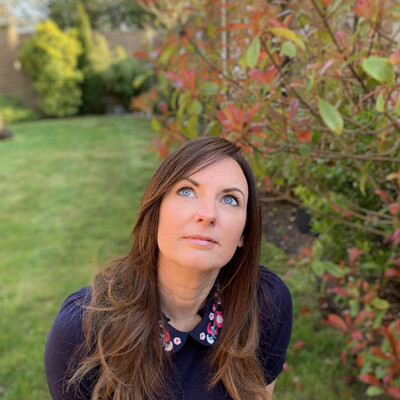We all say things. We all write things. But what are our intentions behind our words? Is it to harm or honour?
Let us look at the word WORDS. You know I like to use an anagram - It also spells SWORD.
Depending on how these are used, they both have similar traits. A sword can be used to harm or to honour. To harm – a sword can cut through you, bring you down with one swipe. Words with the intention to hurt will do the same thing. If we want to cause harm to ourselves or others, we will use negative words, gossip and judgement usually fuelled by an emotion out of fear.
A sword can also be used to honour – in knighthood, to recognise a person’s achievements and service, the highest accolade. Words with the intention of gratitude, encouragement and kindness will do a similar thing - uplift hearts and open minds. Positive words can ignite your motivation, kick start your creativity and make your heart sing.
Which words are we regularly using when communicating with ourselves? Does our choice of words or phrases keep us uplifted, re-enforce our potential and raise our spirits?
All words have a vibration, whether through thought, written or spoken. Like attracts like.
The intention behind our words creates more of what is fuelling them. Imagine if every negative word was a little arrow. How many are we firing into people, situations or ourselves?
This is particularly important when using social media or non-face to face communication.
Many people find “electronic” words more difficult to control; a laptop or phone screen does not give you a disapproving look should you say something unkind. I much prefer the spoken word, however during difficult times, we do not always have the choice of how to communicate. But we do have a choice of which words to use.
How are we using our WORDS? With kindness or with hatred? Who or what are we aiming our SWORD at?
I’ll end with this classic acronym to THINK about. Are our words:
T – true
H – helpful
I – inspiring
N – necessary
K - kind


